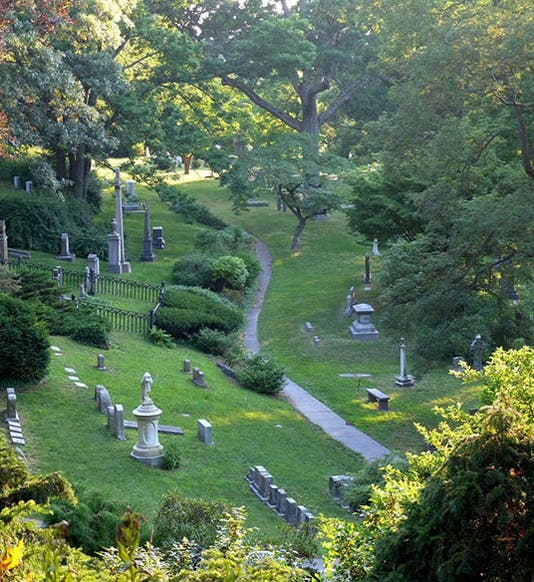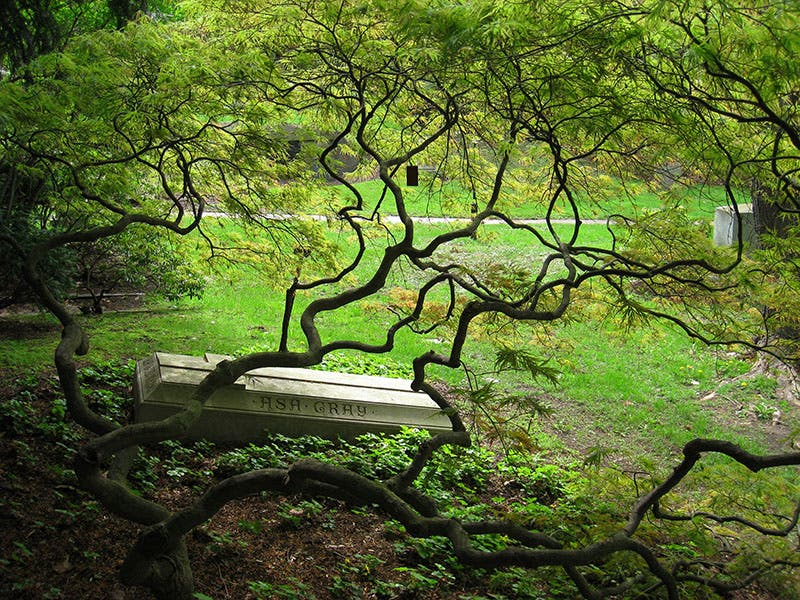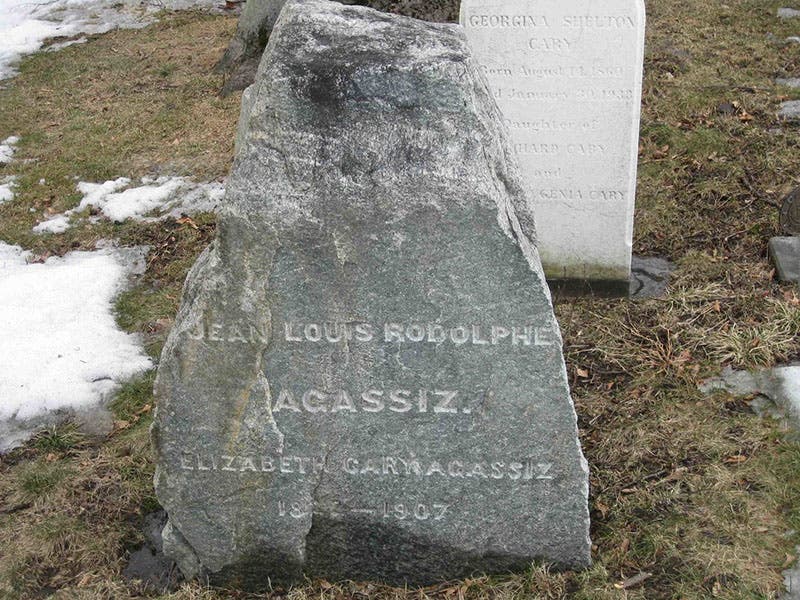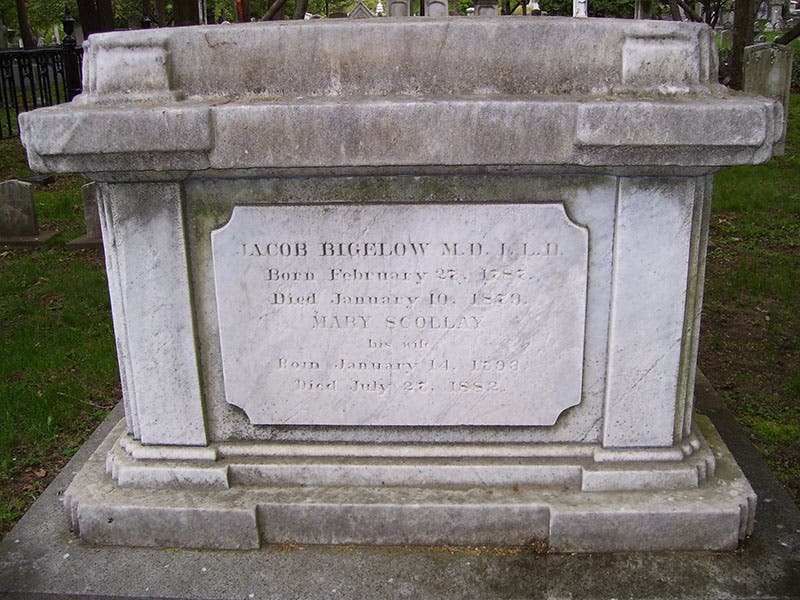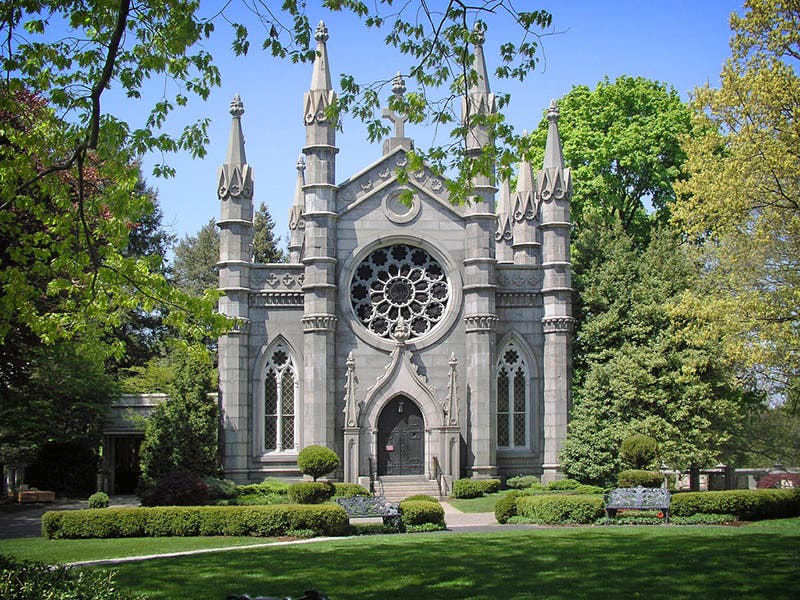Scientist of the Day - Jacob Bigelow
Jacob Bigelow, an American physician and botanist, was born Feb. 27, 1787. He wrote one important botanical work, American Medical Botany (1817-20), which is not in our collection, and several works about science and the arts, one of which we do have. But today we look at the consequences of Bigelow’s interest in sanitary and esthetic burial of the dead. Concerned that urban cemeteries might contaminate local water supplies, and apparently finding current cemetery designs uninspired, he began to advocate for a rural cemetery outside the confines of Cambridge, Massachusetts, where he taught at Harvard.
The idea came in 1825, but it was not until 1831 that he was able to persuade Harvard and the Massachusetts Horticultural Society to acquire a site, with the help of the Massachusetts legislature. Seventy acres of land were set aside and, in 1831, Mount Auburn Cemetery was dedicated. Often called the country's first rural cemetery, it was in fact the country's first garden cemetery, as plantings, layout of pathways, and aesthetic location of cemetery plots were all at the forefront of Bigelow's design. Mount Auburn would inspire a host of subsequent garden cemeteries, not to mention Central Park in New York City.
The cemetery is still beautiful, and for a historian of science, it is a must destination, for many of America’s great scientists are buried here. We mentioned Père Lachaise Cemetery in Paris in a post just last week, commenting that it had more deceased scientists per acre than any place on earth. Mount Auburn was probably inspired by Père Lachaise, but the only reason it comes in second is because it is much less crowded. If one compares totals, Mount Auburn may indeed have a higher population of scientists than Père Lachaise.
Mount Auburn Cemetery contains the burial plots of Asa Gray (second image), Augustus Gould, Dorothea Dix (third image), strobe photography inventor Harold Edgerton, telescope maker Alvan Clark, astronomer Edward Pickering, and glaciologist Louis Agassiz and his wife Elizabeth (fourth image), to name just a few. The Agassiz monument is notable because it is a granite glacial erratic, brought from Switzerland just for the occasion.
The most visited gravesite of a scientist might be that of Nathaniel Bowditch, author of the New American Practical Navigator, because it is graced by a bronze statue (fifth image). Most of the other sites have simpler markers.
Bigelow is himself buried there in a modest grave (sixth image), but most people think of Bigelow Chapel (seventh image) as his memorial. It is apparently very popular for weddings, just the spot for those who fancy saying "till death do us part" on location.
Dr. William B. Ashworth, Jr., Consultant for the History of Science, Linda Hall Library and Associate Professor, Department of History, University of Missouri-Kansas City. Comments or corrections are welcome; please direct to ashworthw@umkc.edu.

